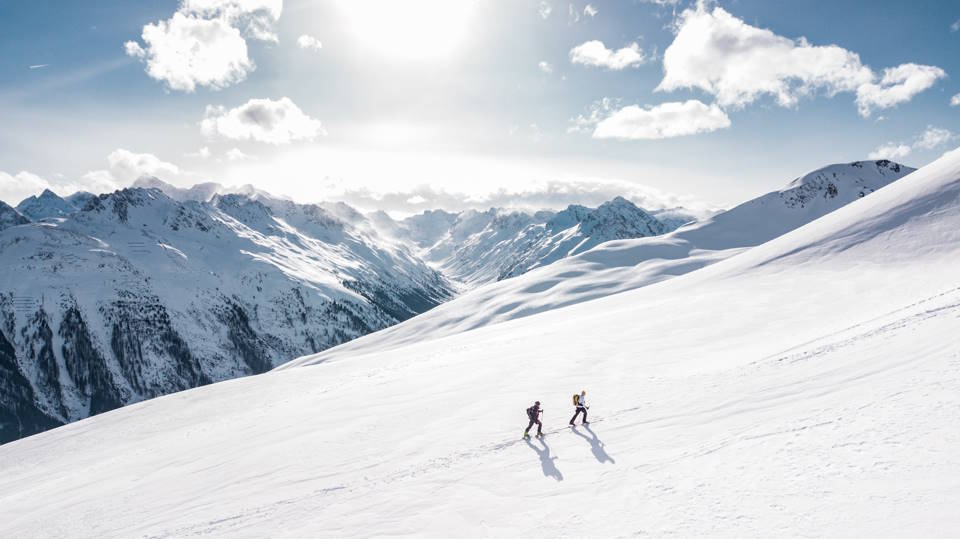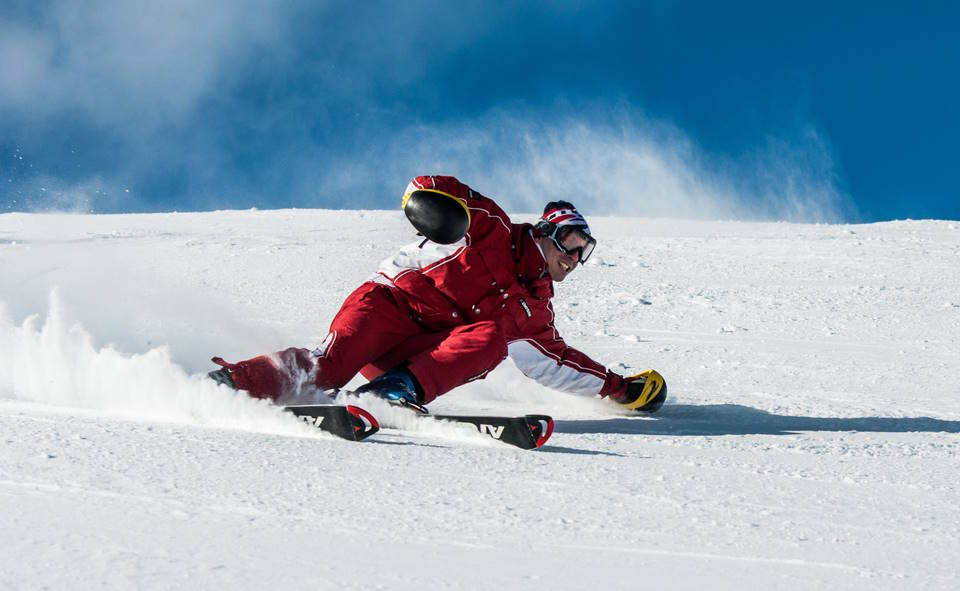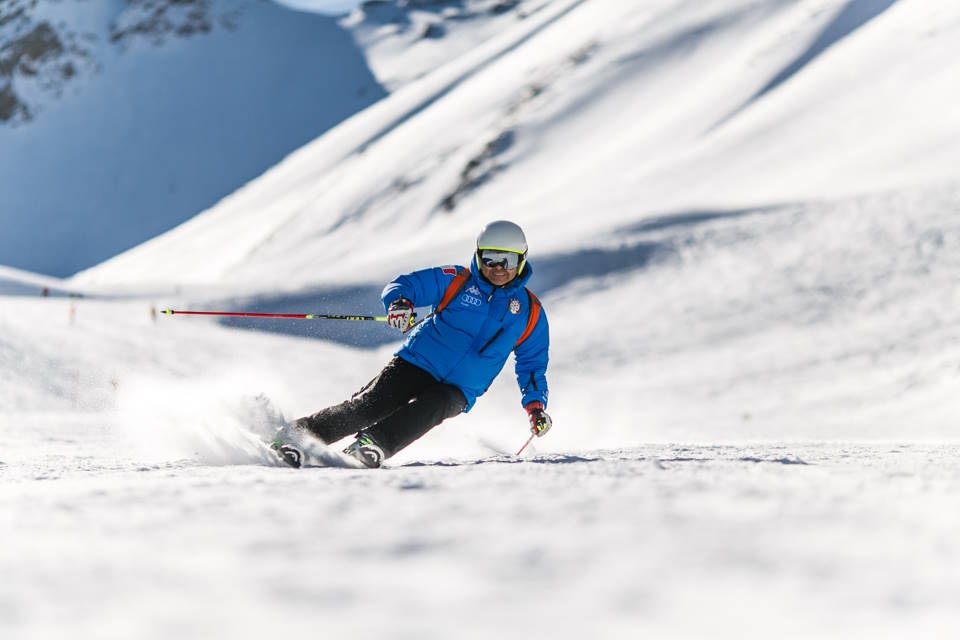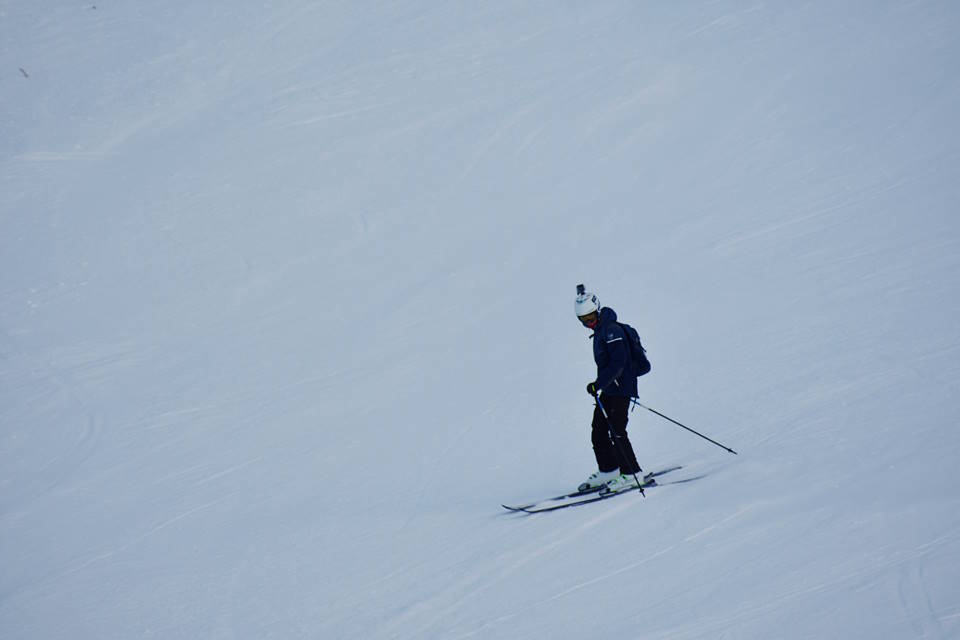Are you someone who feels anxious at the thought of hitting the slopes? Do you find yourself avoiding ski trips because the fear of skiing overwhelms you? If so, you’re not alone. Many people experience trepidation when it comes to skiing, whether it’s the fear of injury, the fear of not being able to keep up with others, or simply the fear of the unknown. In this blog post, we will explore the common triggers of the fear of skiing and offer strategies to help you build confidence on the slopes. By understanding the fear of skiing, identifying common triggers, and mastering the art of enjoying the thrill, you can overcome your fears and embrace the exhilarating experience of skiing. So, let’s dive in and discover how to conquer the fear of skiing and make the most of your next ski trip!Gain confidence on the slopes by understanding triggers and learning strategies to overcome the fear of skiing. Master the art of enjoying the thrill.
Understanding The Fear Of Skiing

Many people experience a fear of skiing, whether they are beginners or seasoned skiers. This fear can stem from a variety of factors, including the fear of injury, the fear of falling, or the fear of losing control. For some, the fear may be related to previous negative experiences on the slopes, while for others, it may be a fear of the unknown. Whatever the cause, it’s important to understand that this fear is common and can be overcome with the right strategies.
One common trigger for the fear of skiing is the fear of injury. The idea of hurtling down a mountain at high speeds can be daunting for many people, and the fear of getting hurt can be a major deterrent from even trying skiing. Another common trigger is the fear of falling. The fear of losing control and taking a spill on the slopes can be a significant source of anxiety for many skiers, especially beginners.
There are several strategies that can be used to build confidence and overcome the fear of skiing. One approach is to start slow and gradually build up to more challenging slopes. Taking lessons from a qualified instructor can also help to build confidence and improve skiing skills. Additionally, practicing mindfulness and visualization techniques can help to calm the mind and reduce anxiety while skiing.
Mastering the art of enjoying the thrill of skiing is possible with the right mindset and approach. By understanding the common triggers of fear, implementing confidence-building strategies, and staying focused on the enjoyment of the sport, skiers can overcome their fears and experience the thrill of skiing to the fullest.
Identifying Common Triggers

When it comes to overcoming the fear of skiing, it’s important to understand what triggers this fear in the first place. Common triggers include the fear of falling, the fear of losing control, and the fear of getting injured. These triggers can often stem from past experiences on the slopes or simply from the fear of the unknown. By identifying these common triggers, skiers can begin to address their fears more effectively and work towards building greater confidence on the slopes.
Fear of falling is a common trigger for many skiers, particularly beginners. The fear of losing control and taking a tumble down the mountain can be daunting, and this fear can prevent skiers from fully enjoying the thrill of the sport. It’s important to recognize this trigger and learn how to manage it through proper training, practice, and skill development. By mastering the art of skiing and gaining more control over their movements, skiers can begin to overcome this fear.
Another common trigger is the fear of losing control on the slopes. The sensation of speed and the potential for unexpected obstacles can lead to a sense of panic for some skiers. By learning proper skiing techniques and staying in control of their movements, skiers can mitigate this fear and gain greater confidence on the slopes.
Fear of getting injured is another trigger that can significantly impact a skier’s confidence and enjoyment. The fear of getting hurt can lead to tense and anxious movements, which in turn increase the risk of accidents. Skiers can address this trigger by investing in proper safety gear, taking lessons from experienced instructors, and gradually pushing their comfort zones to build resilience and confidence.
By identifying these common triggers and taking proactive steps to address them, skiers can begin to overcome their fears and fully enjoy the thrill of skiing. Understanding the sources of fear and learning how to manage them is key to building confidence on the slopes and experiencing the exhilaration that skiing has to offer.
Strategies To Build Confidence

One of the best strategies to build confidence in skiing is to start with small, manageable goals. By setting achievable targets, such as practicing a specific technique or conquering a particular slope, skiers can gradually build up their confidence and abilities. This approach allows individuals to track their progress and celebrate their achievements, which can significantly boost their self-assurance on the slopes.
Another effective strategy is to seek professional instruction. Skiing instructors can provide valuable feedback and guidance, helping skiers improve their skills and feel more confident in their abilities. Whether it’s mastering the proper form for turns or navigating steeper terrain, working with a knowledgeable instructor can instill a sense of confidence and competence in skiers of all levels.
Utilizing visualization techniques can also help skiers build confidence. By mentally rehearsing successful ski runs and envisioning themselves navigating challenging terrain with ease, individuals can enhance their belief in their capabilities. Visualization can be a powerful tool for building confidence and reducing anxiety, making it a valuable strategy for skiers looking to overcome their fears.
Additionally, surrounding oneself with a supportive and encouraging community can boost confidence on the slopes. Whether it’s skiing with friends or joining a club or group, having positive influences can provide a sense of camaraderie and encouragement. Sharing experiences, receiving advice, and celebrating achievements with others can all contribute to a greater sense of confidence and enjoyment in skiing.
Lastly, practicing mindfulness and focusing on the present moment can help skiers overcome fear and build confidence. By concentrating on the sensations of skiing and staying present in the experience, individuals can minimize feelings of anxiety and increase their enjoyment of the sport. Mindfulness techniques can assist in developing a more positive and confident mindset, ultimately enhancing the overall skiing experience.
Mastering The Art Of Enjoying The Thrill

Mastering the art of enjoying the thrill of skiing is all about overcoming your fears and building confidence on the slopes. It’s common for people to feel afraid when they first start skiing, especially if they’re not used to snow sports or high speeds.
Identifying common triggers for your fear can help you address the root of the problem. Whether it’s a fear of falling, a fear of losing control, or a fear of injuries, understanding what specifically makes you anxious can help you develop targeted strategies to manage your fear.
Building confidence is essential for mastering the art of enjoying skiing. Practice, practice, and more practice can help boost your confidence on the slopes. Learning from experienced skiers and taking lessons from professional instructors can also help you improve your skills and feel more secure in your abilities.
Once you’ve overcome your fear and built confidence, you can start focusing on the thrill of skiing. Embracing the speed, the adrenaline, and the freedom of gliding down the slopes can be incredibly exhilarating. Enjoying the beautiful mountain scenery and the sense of accomplishment can also enhance your overall experience.
Ultimately, mastering the art of enjoying the thrill of skiing is a journey that involves confronting your fears, building confidence, and embracing the excitement of the slopes. With the right mindset and determination, you can transform your initial fear into a thrilling and enjoyable experience.




